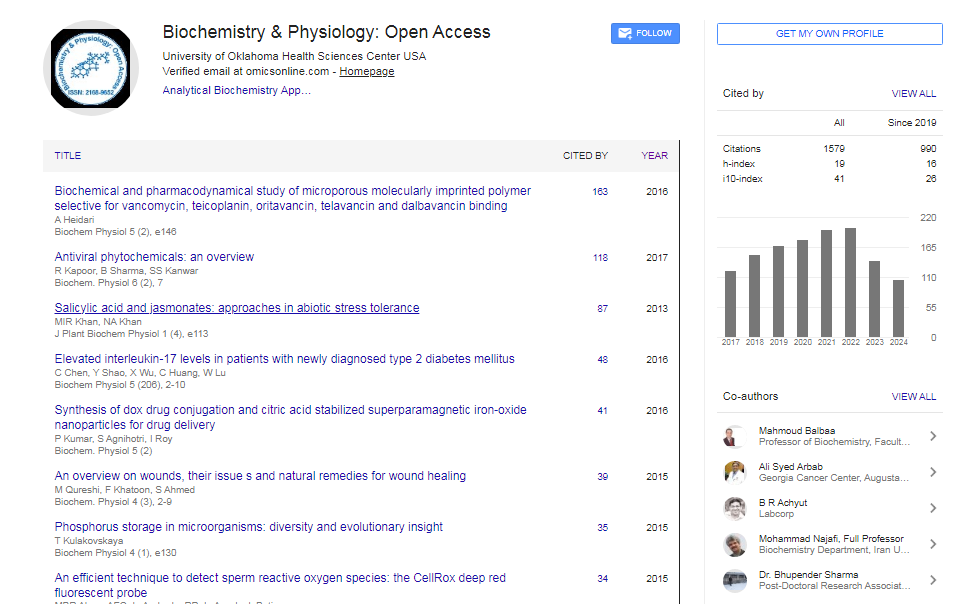Research Article
Potential Role of TLR Ligand in Aethiopathogenesis of Tunisian Endemic Pemphigus Foliaceus
| Olfa Abida1*, Bouzid D1, Krichen-Makni S2, Kharrat N5, Masmoudi A3, Abdelmoula M4, Ben Ayed M1, Turki H3, Sellami-Boudawara T2 and Masmoudi H1 | |
| 1Immunology Department, Habib Bourguiba Hospital, University of Sfax, Tunisia | |
| 2Anatomy and Pathology Department, Habib Bourguiba Hospital, Sfax, Tunisia | |
| 3Dermatology Department, Hédi Chaker Hospital, Sfax, Tunisia | |
| 4Maxillofacial Surgery Department, Habib Bourguiba Hospital, Sfax, Tunisia | |
| 5Bioinformatics’ Unit, Biotechnology Center of Sfax, Sfax, Tunisia | |
| *Corresponding Author : | Olfa Abida Immunology Department Habib Bourguiba Hospital University of Sfax, PTT El Bustan BP 10 A, 3099 Sfax, Tunisia E-mail: olfaabida@yahoo.fr |
| Received September 17, 2013; Accepted October 16, 2013; Published October 21, 2013 | |
| Citation: Abida O, Bouzid D, Krichen-Makni S2, Kharrat N, Masmoudi A et al. (2013) Potential Role of TLR Ligand in Aethiopathogenesis of Tunisian Endemic Pemphigus Foliaceus. Biochem Physiol 2:117. doi:10.4172/2168-9652.1000117 | |
| Copyright: © 2013 Abida O, et al. This is an open-access article distributed under the terms of the Creative Commons Attribution License, which permits unrestricted use, distribution, and source are credited. | |
Abstract
Pemphigus foliaceus (PF) is an autoimmune skin disease in which environmental factors are thought to participate. Recent studies suggest that microbial components use signaling molecules of the human Toll-like receptor (TLR) family to transduce signals in keratinocytes. The aim of our research was to investigate the expression of TLRs 2, 3 and 4 by keratinocytes of PF patients compared to normal keratinocytes, in order to characterise the nature of the microbial factor involved in the etiopathology of PF. Biopsies obtained from 43 PF patients and 20 healthy controls were assessed by immunohistochemical analysis using specific polyclonal antibodies. The TLR2, TLR3 and TLR4 expression was significantly upregulated in PF epidermis. The significant increase of those TLRs simultaneously may merely reflect the complicated environmental conditions of rural women in the southern rural regions of Tunisia. Interestingly, we have found that the TLR4 diffuse expression was associated with the production of anti-desmoglein 1 Abs (p=0.037). This could be in line with a potential role of TLR ligand in aethiopathogenesis of Tunisian endemic PF. TLR over-expression in pemphigus skin indicates that TLRs are involved in the pathogenesis of pemphigus through stimulation by infectious or endogenous ligands.

 Spanish
Spanish  Chinese
Chinese  Russian
Russian  German
German  French
French  Japanese
Japanese  Portuguese
Portuguese  Hindi
Hindi 